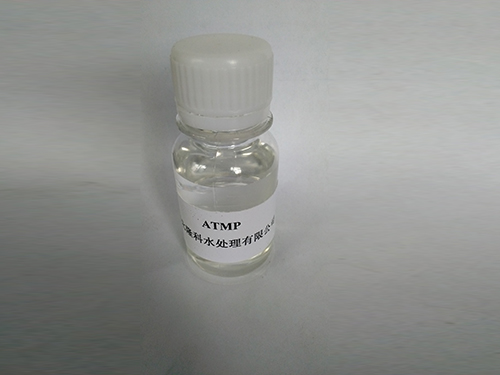polyacrylamide in water
Polyacrylamide in Water Applications, Benefits, and Environmental Considerations
Polyacrylamide (PAM) is a synthetic polymer derived from acrylamide, a monomer that is polymerized to form a large, high-molecular-weight compound. Its structure allows it to absorb significant amounts of water, making it an effective product for various industrial and environmental applications. The incorporation of polyacrylamide in water results in a gel-like substance that has become invaluable in multiple sectors, including agriculture, wastewater treatment, and oil recovery.
One of the prominent uses of polyacrylamide in water is its role as a flocculating agent in wastewater treatment processes. By enhancing the coagulation and sedimentation of suspended particles, PAM facilitates the removal of contaminants from water sources, leading to cleaner effluents. The polymer works by neutralizing the charge of particles, which are then able to clump together and settle more efficiently. This characteristic is particularly useful in municipal water treatment facilities, where large volumes of water with varying degrees of contamination require effective treatment.
In agriculture, polyacrylamide is often employed to improve soil structure and water retention. When incorporated into irrigation systems, PAM can help reduce erosion and leaching of nutrients, thus enhancing crop yield and sustainability. The polymer increases the soil's water-holding capacity, ensuring that crops receive consistent moisture, especially in arid regions. Furthermore, by maintaining soil integrity and preventing runoff, it contributes to overall soil health and productivity.
polyacrylamide in water

Another significant application of polyacrylamide in water is in the oil industry, where it is used in enhanced oil recovery (EOR) processes. Here, PAM serves as a mobility control agent, improving the efficiency of extracting crude oil from reservoirs. By modifying the viscosity of injected water, polyacrylamide allows for better displacement of oil, resulting in higher recovery rates. This application is particularly crucial in mature oil fields where conventional methods may yield diminishing returns.
Despite its numerous benefits, the use of polyacrylamide is not without concerns. One major issue is the potential toxicity of acrylamide, a known neurotoxin. Though polyacrylamide, being a polymer, is generally considered less hazardous, the possibility of residual acrylamide leaching into the environment remains a point of vigilance. Regulatory bodies across the globe have established guidelines for its usage to minimize risks to human health and the environment. Proper handling and application techniques are essential to mitigate these risks, ensuring that the advantages of polyacrylamide do not come at the cost of safety.
Environmental considerations are particularly pressing in the context of rising plastic pollution and the need for sustainable practices. While polyacrylamide is not classified as traditional plastic, its persistence in the environment raises questions about long-term impacts. Researchers are exploring biodegradable alternatives to PAM that could serve similar functions while being less harmful to ecosystems. Innovations in polymer chemistry might lead to more environmentally friendly options, promoting a balance between industrial efficiency and ecological integrity.
In conclusion, polyacrylamide in water exemplifies the intersection of synthetic chemistry and practical application across various sectors. Its ability to enhance water treatment processes, improve agricultural practices, and support oil recovery makes it a valuable resource. However, careful consideration of its potential risks and environmental impact is crucial for its continued use. Ongoing research and development of safer, biodegradable alternatives will be vital in harnessing the advantages of polyacrylamide while safeguarding health and environmental sustainability. As industries adapt to growing ecological concerns, the future of polyacrylamide and similar compounds will hinge upon our capacity to innovate and prioritize safe, effective practices.
-
Water Treatment with Flocculant Water TreatmentNewsJun.12,2025
-
Polymaleic AnhydrideNewsJun.12,2025
-
Polyaspartic AcidNewsJun.12,2025
-
Enhance Industrial Processes with IsothiazolinonesNewsJun.12,2025
-
Enhance Industrial Processes with PBTCA SolutionsNewsJun.12,2025
-
Dodecyldimethylbenzylammonium Chloride SolutionsNewsJun.12,2025





